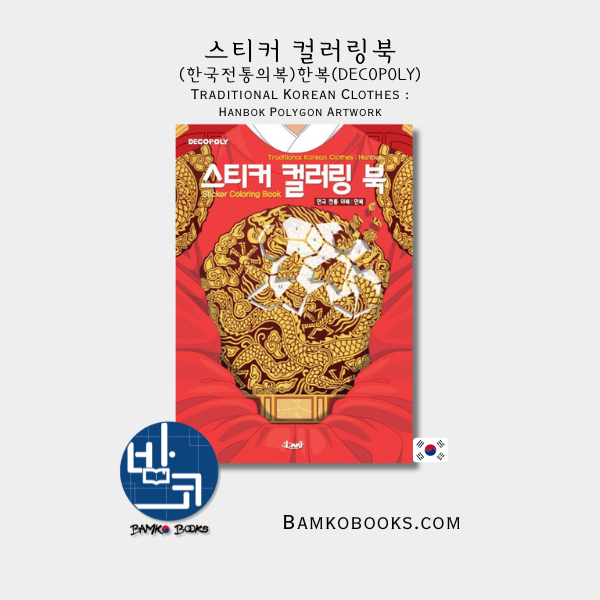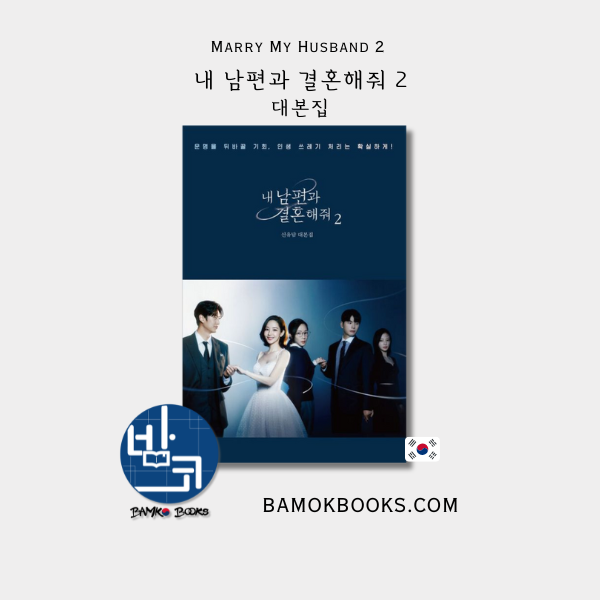단어 형성 원리로 배우는 한국어 어휘 1 Korean Vocabulary Learned by Principle of Word Formation Vol. 1
ISBN 9791186453711
Language Korean
N. of Pages 429쪽
Size/Weight 174 * 235 * 21 mm / 766 g
Author/Editor 강현화 , 홍혜란 , 유소영 , 김정현
Publisher 소통
Date of Publication 2022년 12월 07일
Country of Origin Korea
ISBN 9791186453711
Language Korean
N. of Pages 429쪽
Size/Weight 174 * 235 * 21 mm / 766 g
Author/Editor 강현화 , 홍혜란 , 유소영 , 김정현
Publisher 소통
Date of Publication 2022년 12월 07일
Country of Origin Korea
ISBN 9791186453711
Language Korean
N. of Pages 429쪽
Size/Weight 174 * 235 * 21 mm / 766 g
Author/Editor 강현화 , 홍혜란 , 유소영 , 김정현
Publisher 소통
Date of Publication 2022년 12월 07일
Country of Origin Korea
<KR>
○ 단어 형성 원리를 활용하여 한국어 학습자들이 효율적으로 어휘를 배우고 확장해 나갈 수 있도록 개발한 어휘 학습서이자 교수 자료이다.
○ 한국어 교재, 한국어 능력시험(TOPIK), 《국제 통용 한국어 교육과정》, 《한국어 교육 어휘 내용 개발》, 《한국어능력시험 어휘 목록 개발》의 어휘를 분석하여 조어력이 높은 271개의 조어 단위를 선정하였다.
○ 한국어 교육과정과의 연계성, 어휘 학습의 효율성을 고려하여 10가지 의미 범주에 따라 조어 단위를 분류하고 각 조어 단위를 중심으로 만들어진 어휘 6,000여 개를 모아 수록하였다.
○ 조어 단위와 그로부터 만들어진 어휘를 형태, 의미, 사용의 차원에서 학습하고 확인할 수 있도록 <연습 활동>을 제시하였다.
출판사 서평
외국어를 배우는 학습자들에게 있어 어휘 학습의 중요성은 널리 알려져 있다. 어휘 학습은 언어 습득의 시작이자 숙달도 단계를 넘는 디딤돌이 되며, 학습자의 어휘력은 언어 능력의 발달에 매우 큰 영향을 미친다. 어휘 지식은 의미의 산출뿐만 아니라 독해력에도 중요한 역할을 하여, 표현이나 이해 영역 모두에서 학습자의 언어 능력을 좌우하는 핵심적인 요소가 된다. 그간 다양한 한국어 학습 교재가 개발되었지만, 어휘력을 증진시킬 수 있는 학습 자료는 많지 않았다는 점에서 『단어 형성 원리로 배우는 한국어 어휘』의 발간은 의미를 가진다. 또한 한국어는 첨가어로 복합어의 형성이 활발한 언어이므로, 한국어 교육에서 단어 형성 원리를 활용한 어휘 확장 교수는 매우 유용하다. 이에 따라 본 책에서는 접사와 접사성 어근을 묶어 조어 단위로 함께 다루었다.
우선, 한국어 교육에서 필요한 조어 단위를 객관적으로 선정하기 위하여 한국어 교육 자료를 분석하는 데에서 출발하였다. 국내 유수의 한국어 교재와 한국어 능력 시험에 노출된 어휘, <<국제 통용 한국어 표준 교육과정>>으로부터 추출한 복합어를 바탕으로 고빈도의 접사와 접사성 어근을 추출하여, 한국어 학습에의 활용도가 높은 조어 단위를 체계적이고도 객관적으로 제시하고자 하였다. 아울러 한국어 교수ㆍ학습에 직접적으로 활용될 수 있도록 각 조어 단위의 의미와 그로부터 만들어지는 단어를 제시하였다. 낱낱의 단어들은 번역어와 구, 문장 단위의 용례를 보여 그 의미와 용법을 파악하게 하였다. 즉, 표현하고자 하는 의미를 출발로 해서 실제 사용과 적절한 맥락에서의 적용이 이루어지도록 설계하였다. 이에 따라 본 책은 가나다 순의 사전식이 아닌, 의미 범주별로 조어 단위를 묶어 제시하였으며, 이를 통해 유사 의미를 가진 조어 단위의 변별 학습이 이루어질 수 있도록 했다. 또한 해당 단어들의 숙달도 수준을 표시하여 수준별 학습이 이루어지게 도왔다.
한국어에는 비슷한 의미의 조어 단위가 매우 많아 혼동되기도 쉽다. 한자어 조어 단위 역시 중국이나 일본과 모두 동일한 것이 아니어서, 한자권 학습자들도 어려움이 대상이 된다. 이러한 점을 고려하여 비교와 보충 설명을 통해 가능하면 유사 조어 단위 간의 차이를 쉽게 알 수 있도록 도왔다.
<ENG>
○ This is a vocabulary workbook and teaching material developed to help Korean learners efficiently learn and expand their vocabulary by utilizing the principles of word formation.
○ By analyzing the vocabulary of Korean textbooks, Test of Proficiency in Korean (TOPIK), 《International Korean Curriculum》, 《Development of Korean Language Education Vocabulary Content》, and 《Development of Vocabulary List for the Test of Proficiency in Korean》, 271 collaborating units with high collaborating power were selected. .
○ Considering the connectivity with the Korean language curriculum and the efficiency of vocabulary learning, coined word units were classified according to 10 semantic categories, and approximately 6,000 vocabulary words created around each coined word unit were collected and included.
○ <Practice Activities> were presented to help students learn and check auxiliary units and the vocabulary created from them in terms of form, meaning, and use.]
publisher book review
The importance of vocabulary learning for learners of foreign languages is widely known. Vocabulary learning is the beginning of language acquisition and a stepping stone beyond the level of proficiency, and the learner's vocabulary has a very significant impact on the development of language skills. Vocabulary knowledge plays an important role not only in producing meaning but also in reading comprehension, making it a key factor that determines the learner's language ability in both expression and comprehension areas. Although various Korean learning materials have been developed so far, the publication of 『Korean Vocabulary Learned through Word Formation Principles』 is meaningful in that there are not many learning materials that can improve vocabulary. In addition, since Korean is a language in which compound words are actively formed as additive words, vocabulary expansion teaching using word formation principles is very useful in Korean education. Accordingly, in this book, affixes and affixal roots are grouped together and treated together as auxiliary words.
First, we started by analyzing Korean language education materials in order to objectively select the coinage units necessary for Korean language education. High-frequency affixes and affixal roots are extracted based on the vocabulary exposed in Korea's leading Korean language textbooks and Korean language proficiency tests, and compound words extracted from the <<Internationally Used Korean Standard Curriculum>>, creating auxiliary words that are highly useful in Korean language learning. We attempted to present the unit systematically and objectively. In addition, the meaning of each coined word unit and the words created from it were presented so that they can be directly used in Korean language teaching and learning. Each word shows examples of translated words, phrases, and sentences to help you understand their meaning and usage. In other words, it was designed to enable actual use and application in an appropriate context, starting from the meaning it was intended to express. Accordingly, this book presents coined word units grouped by semantic category rather than in an alphabetical dictionary, which allows for discrimination learning of coined word units with similar meanings. In addition, the proficiency level of the words was indicated to help facilitate learning by level.
In Korean, there are many coined units with similar meanings, so it can be easy to get confused. The unit of Chinese characters is not the same as in China or Japan, so it is also difficult for learners in Chinese characters. Taking this into consideration, comparison and supplementary explanations were provided to help make it easier to see the differences between similar coined units whenever possible.
<FR>
○ Il s'agit d'un cahier de vocabulaire et d'un matériel pédagogique élaborés pour aider les apprenants coréens à apprendre et à développer leur vocabulaire en utilisant les principes de la formation de mots.
○ En analysant le vocabulaire des manuels coréens, Test of Processing in Korean (TOPIK), 《 International Korean Curriculum 》, 《 Development of Korean Language Education Vocabulaire Content 》 et 《 Development of Vocabulaire List for the Test of Processing in Korean 》, 271 unités collaboratrices à fort pouvoir de collaboration ont été sélectionnées.
○ Compte tenu de la connectivité avec le programme de langue coréenne et de l'efficacité de l'apprentissage du vocabulaire, les unités de mots inventés ont été classées selon 10 catégories sémantiques et environ 6 000 mots de vocabulaire créés autour de chaque unité ont été recueillis et inclus.
○ <Activités pratiques> ont été présentées pour aider les élèves à apprendre et à vérifier les unités auxiliaires et le vocabulaire créé à partir de celles-ci en termes de forme, de signification et d'utilisation.]
revue de livres de l'éditeur
L'importance de l'apprentissage du vocabulaire pour les apprenants de langues étrangères est largement connue. L'apprentissage du vocabulaire est le début de l'acquisition de la langue et un tremplin au-delà du niveau de compétence, et le vocabulaire de l'apprenant a un impact très important sur le développement des compétences linguistiques. La connaissance du vocabulaire joue un rôle important non seulement dans la production de sens mais aussi dans la compréhension de la lecture, ce qui en fait un facteur clé qui détermine la capacité linguistique de l'apprenant dans les domaines de l'expression et de la compréhension. Bien que divers matériels d'apprentissage coréens aient été élaborés jusqu'à présent, la publication de « Vocabulaire coréen appris grâce aux principes de formation de mots » est significative en ce sens qu'il n'y a pas beaucoup de matériels d'apprentissage qui peuvent améliorer le vocabulaire. De plus, comme le coréen est une langue dans laquelle les mots composés sont activement formés comme mots additifs, l'enseignement de l'expansion du vocabulaire à l'aide de principes de formation de mots est très utile dans l'enseignement coréen. Par conséquent, dans cet ouvrage, les appositions et les racines apposées sont regroupées et traitées ensemble comme des mots auxiliaires.
Premièrement, nous avons commencé par analyser le matériel pédagogique en coréen afin de sélectionner objectivement les unités de monnaie nécessaires à l'enseignement de la langue coréenne. Les appendices haute fréquence et les racines apposées sont extraits d'après le vocabulaire exposé dans les principaux manuels de langue coréenne et tests de compétence en coréen, et de mots composés extraits du <<Cursus coréen standard>>>, créant des mots auxiliaires très utiles dans l'apprentissage de la langue coréenne. Nous avons tenté de présenter l'unité de façon systématique et objective. De plus, la signification de chaque unité de mots inventée et les mots créés à partir de celle-ci ont été présentés afin qu'ils puissent être utilisés directement dans l'enseignement et l'apprentissage de la langue coréenne. Chaque mot montre des exemples de mots, de phrases et de phrases traduits pour vous aider à comprendre leur signification et leur utilisation.










































